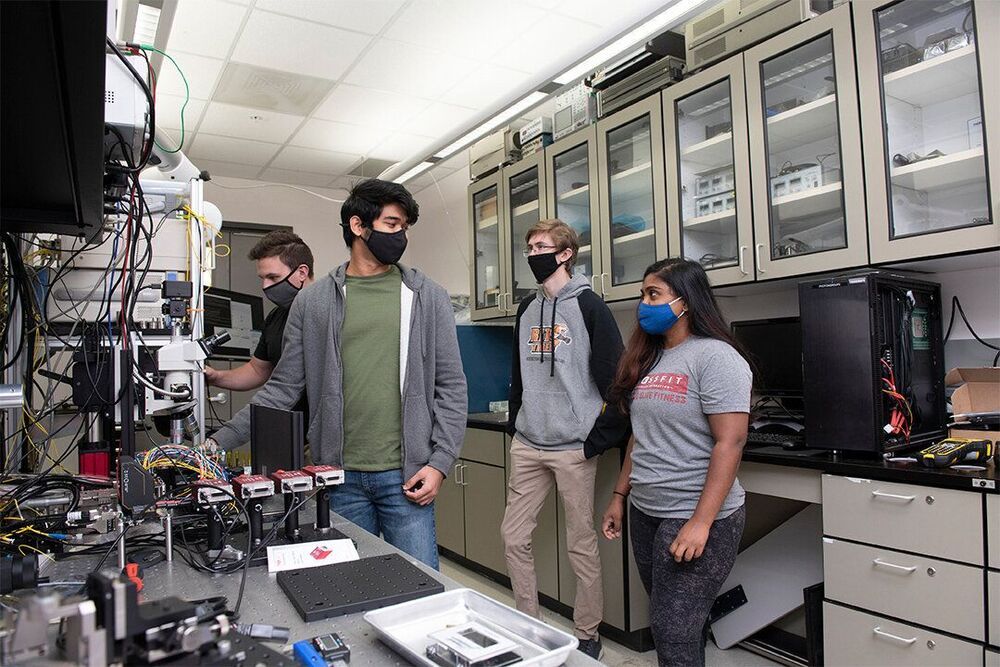The need to pursue racial justice is more urgent than ever, especially in the technology industry. The far-reaching scope and power of machine learning (ML) and artificial intelligence (AI) means that any gender and racial bias at the source is multiplied to the n th power in businesses and out in the world. The impact those technology biases have on society as a whole can’t be underestimated.
When decision-makers in tech companies simply don’t reflect the diversity of the general population, it profoundly affects how AI/ML products are conceived, developed, and implemented. Evolve, presented by VentureBeat on December 8th, is a 90-minute event exploring bias, racism, and the lack of diversity across AI product development and management, and why these issues can’t be ignored.
“A lot has been happening in 2020, from working remotely to the Black Lives Matter movement, and that has made everybody realize that diversity, equity, and inclusion is much more important than ever,” says Huma Abidi, senior director of AI software products and engineering at Intel – and one of the speakers at Evolve. “Organizations are engaging in discussions around flexible working, social justice, equity, privilege, and the importance of DEI.”









